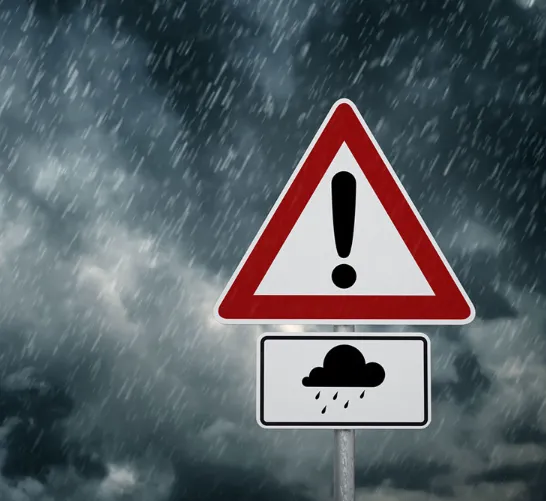Flooding is one of the most common and costly natural disasters in Florida. From storm surges along the coast to heavy rainfall and sudden flash floods inland, water damage can strike when least expected—causing billions of dollars in losses each year. While you can’t stop the rain, you can prepare for it. Having a solid plan in place before the waters rise can protect your home, belongings, and most importantly, your family.
Know Your Flood Risk
Every household should begin with understanding how likely flooding is in their area. Low-lying neighborhoods, poor drainage systems, and proximity to rivers or creeks all increase your vulnerability. Even areas that rarely experience heavy rain can still flood under the right conditions. Flood maps from FEMA and local emergency management offices can give you a clearer picture of your home’s risk level.
Watch vs. Warning: Learn the Difference
Flood alerts can be confusing if you don’t know what they mean. A flood watch signals that conditions are favorable for flooding—so it’s time to stay alert and be ready to act. A flood warning, on the other hand, means water is already rising or will do so shortly, and immediate action is required. When local officials recommend evacuation, don’t delay.
Build a Household Emergency Plan
Having a clear strategy before disaster strikes ensures everyone in your home knows what to do. Your plan should include:
- Communication methods: Choose a designated meeting spot if family members get separated. Assign an out-of-town contact who can serve as a relay point for updates. Consider sharing important documents digitally with that contact.
- Evacuation details: Learn the safest routes to higher ground and identify local shelters in advance. Many Florida counties provide maps of evacuation zones and post signs along roadways. Even if you’re traveling, take note of evacuation options at your destination.
Put Together a Disaster Supply Kit
A “go-bag” stocked with essentials can save precious time during an emergency. Your kit should include non-perishable food, water, hygiene products, chargers, portable batteries, copies of important paperwork, and basic medical supplies. Don’t forget to include pet food and other necessities for animals in your household.
Secure Flood Insurance
Standard homeowners policies generally exclude flood damage, so purchasing a separate flood insurance policy is essential. Since coverage often takes 30 days to activate, waiting until a storm is on the horizon is too late. Securing insurance now helps ensure you’ll be financially protected if your home is impacted.
Final Thoughts
Flood preparedness is about staying one step ahead. By evaluating your flood risk, building a household communication and evacuation plan, assembling a supply kit, and securing proper insurance coverage, you’ll be far better equipped to handle rising waters. Preparation doesn’t just reduce property damage—it brings peace of mind knowing your family has a plan when it matters most.











